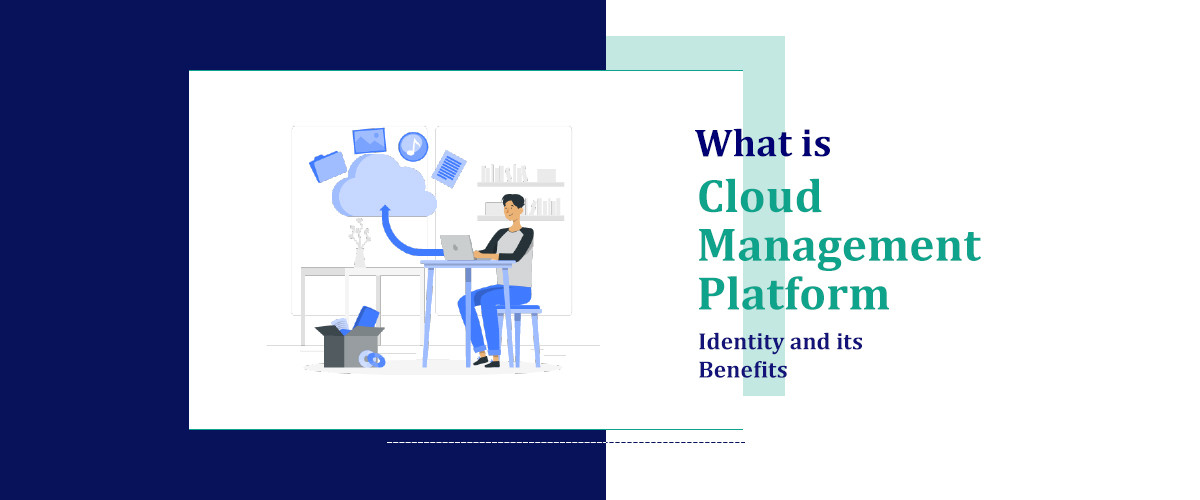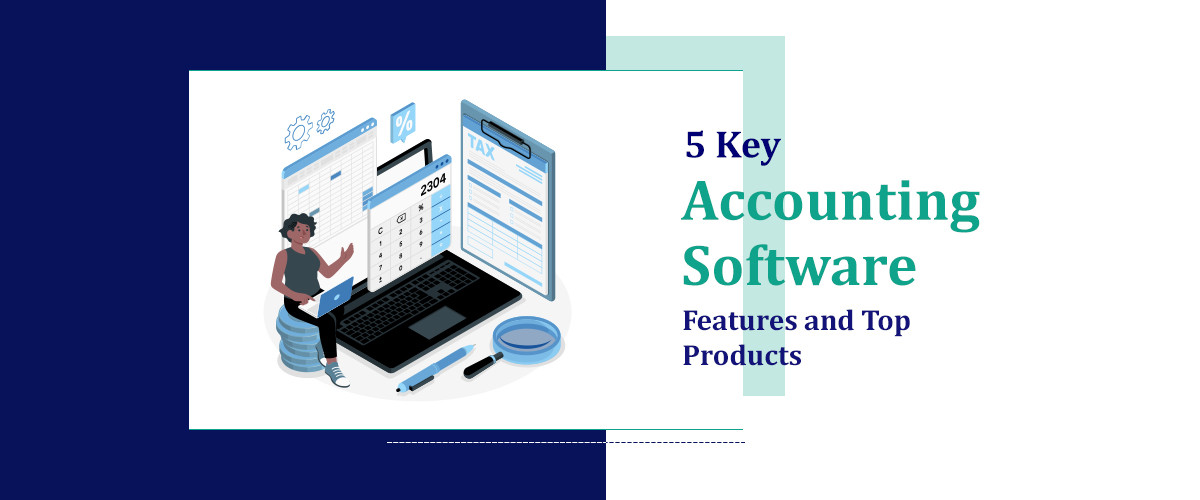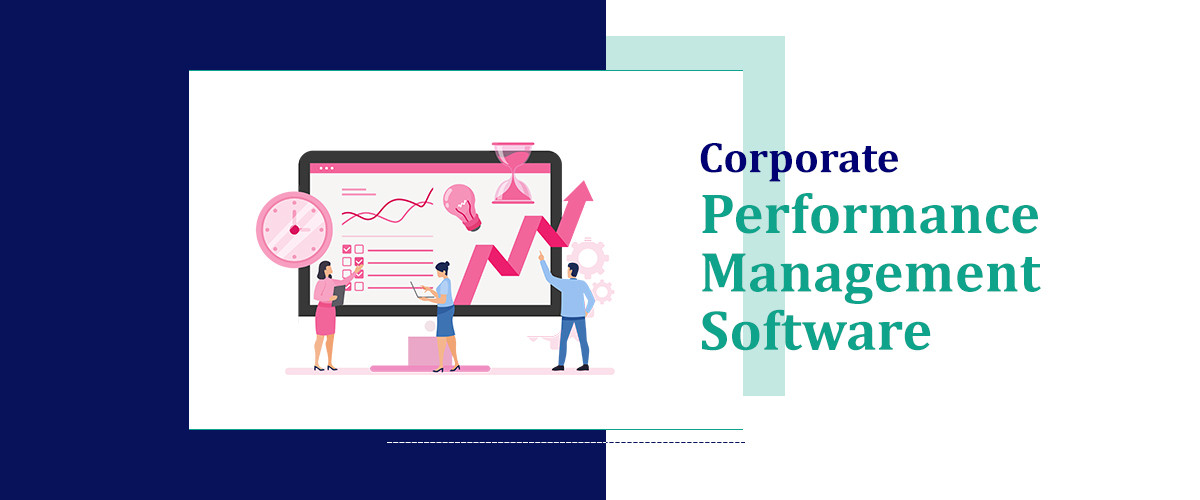What we'll cover
The digital world of today is like a complicated jigsaw, full of different people, processes, and technological components. Cloud computing is at the forefront of this technological revolution and is changing how businesses manage their IT systems. However, as cloud systems grow, the IT ecosystem requires a strong yet adaptable foundation to keep all the parts in place. Herein lies the role of Cloud Management Platform Identity, often known as CMP-Identity.
During this in-depth investigation, we will analyze this crucial yet sometimes overlooked element of cloud architecture. We'll learn about CMP-Identity's features, its lofty goals, and how it helps not only IT enthusiasts but the whole operational chain of an enterprise. This extensive reference is not only for tech enthusiasts; corporate executives, IT specialists, and inquisitive minds eager to comprehend the quickly changing cloud ecosystem will undoubtedly find value in the ideas examined here.
The Rise of CMP-Identity
Platform for Cloud Management In complicated cloud systems, identity serves as a multifaceted IT Asset management software that provides a single point of control over resources, regulations, and access. It unifies several components into one platform, including provisioning, access management, identity governance, and more. It is more important than ever to have a central administration system with the advent of hybrid and multi-cloud systems.
We will outline the environment that gave rise to the necessity for identity in this part, as well as the market trends and technical developments that have fueled its ascent to the top of the IT hierarchy. Additionally, the proliferation of Free Cloud Storage Providers has introduced novel challenges and opportunities, further emphasizing the critical role of identity management in ensuring data security and privacy.
-
Understanding CMP-Identity and Its Components
A concept called CMP-Identity combines essential components of identity management and cloud computing. Its fundamental elements user lifecycle management, role-based access control (RBAC), multi-factor authentication (MFA), single sign-on (SSO), and connection with on-premises directories offer a complete approach to managing users and access across cloud services.
We'll dissect each of these elements, emphasizing the significance of each one on its own as well as how they work together to strengthen an organization's cloud security procedures.
-
The Market Forces at Play
Cloud service providers are fighting for a strong identity management tool that will draw businesses to their platforms, and the current global market is their playground. Prominent entities such as Microsoft Azure AD, Okta, Google Cloud Identity, and others have achieved noteworthy progress in the development of CMP Identity, incorporating sophisticated functionalities that address a wide range of computing requirements.
We'll look at the tactics these industry titans use and explain how CMP-Identity has changed in response to consumer and business needs.
-
The Regulatory Environment
Regulators have intervened to impose strict data protection rules amidst the whirlwind of privacy concerns and data breaches. Businesses have been pushed to review their data management procedures by regulations such as the CCPA and GDPR, with a focus on identification and access restrictions.
We'll examine how CMP-Identity can protect companies from legal risks and ensure that they meet all compliance standards, no matter how strict.
The Nitty-Gritty of CMP-Identity Integration
A CMP-Identity solution's implementation is not a one-size-fits-all situation. It necessitates a cautious, customized strategy that fits the particular structure, IT guidelines, and cloud environment of an organization. Ignorance of this can result in ineffective IT setup, decreased security, and inefficiencies.
- Creating a Deployment Blueprint
The CMP-Identity deployment strategy must take user experience, risk management, and business objectives into account throughout the whole process, from meticulous preparation to flawless implementation. We will uncover the methodical process for integration software for USA CMP-Identity, taking into account every factor that might affect the implementation's outcome.
- Handling the Transition Time
Making the switch to a new identification platform can be challenging. However, companies may reduce risks and guarantee a seamless transition, provided they have the appropriate processes in place. The transition management techniques that reduce hiccups and user resistance and guarantee a smooth switch process are covered in full in this section.
- The Significance of Assistance and Education
The strength of CMP-Identity depends on those who utilize and oversee it. To ensure that staff members and IT professionals can fully utilize the platform, training programs are essential. We'll examine the value of training initiatives as well as how a strong support network may help to address problems and encourage proactive identity management.
- Observation and Ongoing Development
A CMP-Identity system needs ongoing maintenance and enhancements after deployment to keep up with the rapidly evolving business and technology environments. Ensuring that the system remains up to date and capable of responding to new threats requires a culture of continual evaluation and application performance monitoring (APM) tools.
CMP-Identity and Cybersecurity: A Synergetic Bond
CMP-Identity acts as a safeguard against malicious infiltration at a time when cyber risks are a constant concern for all organizations. It builds a very potent security nexus by consolidating and fortifying identity and access control procedures.
- CMP-Identity's Security Benefits
Granular control over resource allocation, centralized auditing, and standardized user access controls are how CMP-Identity improves cloud security. We will look at how these elements cooperate to reduce the possibility of unwanted data leaks and possibly disastrous security mistakes.
In a world without borders, identity serves as the perimeter.
With mobile workforces and cloud-based resources, the conventional network monitoring software security architecture is becoming antiquated. By centring access restrictions around an individual's identity in this borderless environment, CMP-Identity redefines the idea of a security boundary.
- Security-Related ROI of CMP-Identity
It can be challenging to calculate the return on investment for security initiatives. The benefits of CMP-Identity, however, are noticeable and include shortened incident response times as well as lessened security breach damage. We will clarify the connection between CMP-Identity and a strong, reasonably priced security framework.
- Taking Down Insider Threats
Internal security threats are among the sneakiest ones that companies have to deal with. With CMP-Identity, businesses can protect sensitive information and intellectual property by monitoring and controlling potentially damaging insider behavior.
CMP-Identity and User Experience: Walking the Tightrope
An important but sometimes disregarded component of IT administration is user experience. Implementing a cumbersome yet secure CMP-Identity system may cause user resistance and, eventually, non-compliance.
-
Creating a Framework for User-Centric CMP-Identity
An identity management platform that prioritizes user experience may boost operational effectiveness and encourage broader adoption of technology within an organization. We'll look at ways to improve CMP-Identity's usability without sacrificing security.
-
Integrated Device-Wide Access Control
A CMP-Identity solution needs to provide a continuously good user experience in a time when work is done across several devices. The process of accessing information should be safe and easy, regardless of the device being used—a desktop, tablet, or smartphone.
-
Adapting Access Rules to Provide Flexibility
Just as annoying as a loose policy might be a strict one regarding access. We'll talk about how important it is to tailor access policies to provide just the right amount of flexibility so that an IT environment that is responsive and nimble can adapt to changing user demands.
CMP-Identity and Operational Efficiency
Beyond just security and user management, identity is a key component in maximizing operational effectiveness.
-
Connectivity to Outside Services
In the age of cloud computing, it is also frequently necessary to integrate with third-party services, and CMP-Identity simplifies this process. We'll go over how this integration makes things easier and more automated, which saves a lot of time and money.
-
Identify Lifecycle Management Automation
The administration of the identity lifecycle manually can be laborious and error-prone. In addition to allaying these worries, CMP-Identity's automation functions open the door for a more adaptable and dynamic IT architecture.
-
Achieving All-Round Process Improvements
The impact of CMP identity is evident in all areas of operations, including software licensing, hiring, and procurement. We will provide instances from the real world of how this effective tool has improved operational excellence through business process refinement.
A Future Defined by CMP-Identity
The future looks bright for CMP-Identity as it evolves to stay abreast of the latest technological leaps and business dynamics.
-
The Road Ahead for CMP-Identity
We’ll take a visionary look at the future of CMP-Identity, discussing potential advancements, market trends, and technological breakthroughs that could shape the next chapter in cloud management and IT operations.
-
The Role of Artificial Intelligence and Machine Learning
AI and ML are set to play a significant role in enhancing CMP-Identity's capabilities further. From predictive analytics to real-time threat detection, these technologies hold the key to an even more sophisticated identity management ecosystem.
-
CMP-Identity in an AI-First World
As organizations increasingly adopt AI solutions, CMP-Identity will need to adapt to provide the secure and seamless user experience that is essential for AI operations to thrive. We will explore the symbiotic relationship between CMP-Identity and AI, paving the way for an AI-first world that is secure and manageable.
Conclusion
In retrospect, the role of CMP-Identity in revolutionizing cloud management and IT operations is nothing short of prodigious. What started as a response to the complexities of cloud computing has grown to become a linchpin, entwined in the very DNA of modern enterprise systems. For SaaS advisers and software listing platforms in the USA, leveraging a CMP with robust identity and access management capabilities can greatly enhance the value offered to clients. It simplifies cloud resource management, ensures compliance with regulatory standards, and provides a transparent, user-friendly experience. Thus, incorporating a Cloud Management Platform Identity into a SaaS strategy is not just an advantage; it is becoming an essential part of successful cloud-based operations in today’s digital landscape.
A CMP is a software solution designed to manage and monitor cloud computing resources across multiple cloud environments. Businesses need CMPs to efficiently control their cloud infrastructure, optimize resource usage, ensure compliance, and streamline operations, thereby maximizing the benefits of cloud adoption while minimizing costs and complexities.
The key features of a CMP typically include cloud resource provisioning and orchestration, automated workload scaling, cost management and optimization, monitoring and performance management, security and compliance management, and multi-cloud management capabilities. These features empower businesses to effectively deploy, manage, and optimize their cloud resources.
CMPs provide cost optimization features such as resource usage analysis, cost tracking, and budgeting tools. They enable businesses to identify idle resources, right-size instances, implement auto-scaling policies, and utilize reserved instances effectively. By optimizing resource usage and reducing unnecessary spending, CMPs help businesses lower their cloud costs and achieve better ROI.
Yes, many CMPs offer multi-cloud management capabilities, allowing businesses to manage resources across various cloud providers like AWS, Azure, Google Cloud, and others from a single interface. This enables businesses to leverage the strengths of different cloud providers, avoid vendor lock-in, and ensure flexibility and redundancy in their cloud strategy.
CMPs enhance security and compliance by providing features such as centralized access control, identity and access management (IAM), encryption, vulnerability scanning, and compliance reporting. They help businesses enforce security policies, monitor for threats and anomalies, and ensure compliance with industry regulations and standards, thereby reducing security risks and enhancing data protection in the cloud.




